3/25/07 In The Zone
When a private party or developer wants to build a structure or project that doesn't coincide
or comply with existing zoning ordinances they must apply to the city for approval of their infraction and be granted a zoning variance or tract map approval or density bonus or setback variance or some other form of approval from the city that says, 'we've looked at your plan, calculated the positive and negative impacts it will have on the local community and existing quality of life and the environment and done our best to mitigate any negative impacts caused by your plan. If they (the city engineers, planners and building and safety) decide to let the project move forward , the various departments get together and make an Initial Study and Checklist for the developer to complete (LETS STOP RIGHT HERE FOR A SECOND, does anyone besides me have questions about why the heck we would trust the developer to do the right [sometimes more expensive] thing and not cut corners when mitigating these issues?) listing conditions which must be met to bring the plan into compliance with the California Environmental Quality Act (CEQA) and to insure the safety of local residents lives and property before the variance/tract map/sub-division will be approved by the appropriate city departments and ultimately the City Council .
Near the beginning of the process the public is notified in some ineffective way or another usually by the posting of those little paper notices that say PUBLIC HEARING which describe the specific misuse of land they are trying to run by us and the date they plan on doing it.
Most times these notices are misplaced, torn down or in an area where you'd need a pack mule and an Indian guide to find them.
When the public is fortunate enough to see the notice in time and cares enough to read it, we still must then take a day off work to accommodate the Planning and Land Use Mgmt (PLUM)Committee's schedule if we are to be heard. I hereby formally submit my recommendation to the PLUM Committee to start holding Hearings on Saturdays when the public can actually attend them, go ahead and take Mondays off, nothing gets done that day anyway.
Currently the members of the PLUM committee are: Ed Reyes (chairman) CD11 , Jose Huizar CD 14 and Jack Weiss CD 5. They have weekly meetings/hearings (which have become a lot more popular as of late) where the public is invited to voice any opposition or confirmation of proposals currently being reviewed by them before they make an all important recommendation to the various city departments and ultimately the City Council, or, they find reason not to make a recommendation based on what we (the public) have to say about it.[not very likely]
When we go to the PLUM meetings with concerns of an environmental or public safety nature we are asked to put in writing in the form of a [mitigated] Negative Declaration or MND. Just as the name implies this is an individuals declaration of a negative impact that is foreseen by said individual.
We can submit an MND for just about anything related to the proposed project that we feel will have a negative impact on ourselves, our community or the environment as a whole, for instance if a developer wants to build 24 luxury homes on a sub-divided plot of land near your home but to do so he has to remove 85 thousand cubic yards of earth to facilitate the building of said houses and he wants to haul the dirt using x number of dump trucks which will use the only access available and that happens to be the little single lane residential street right in front of your house, you would definitely want to file an MND.
Important to remember is the fact that what you say at the time of your ND when you get your two minutes to address the committee is the only thing that can be brought up later when mitigation time comes, in other words if you don't say it at the PLUM meeting, you can't come back later and add it to your list. The two minute time limit is a big deterrent to people who have laundry lists of ND's, fortunately the public is also allowed to submit ND's in writing 10 days prior to and up to the time of the meeting whether they speak or not, but the same rule applies, if you don't say it now, forget about trying to address it later. [see attached title MND's below]
This wont save the crystal that your great grandmother handed down from her mothers mother to you that just smashed into a million pieces because dump truck number 451 just vibrated your bowling ball off the closet shelf and landed it on the cardboard Waterford box
where the priceless crystal had been sitting for 17 years without a scratch much less being smashed into worthless (but good sounding) glass chips.
The corresponding city department will look at your declaration and decide if it has merit, if they feel that your concern is legitimate, they'll try to mitigate the detrimental impact in some way. In the case of the scenario above you'd probably be told that the haul route is the only one available and the developer will be limited to x number of dump trucks per day between certain hours. and recommend moving grandma's crystal to a more suitable location. OK that's a no-brainer but what about longer term impacts? How can we in 2007 possibly predict what might happen in 2014 or 2020 as a result of a project we know little about? I'll get back to that in a second, but first:
If you're lucky or psychic enough to predict every possible negative affect this may have on you or your property and submit it on an MND, when the trucks come and shake the plaster off your walls, the developer might be held responsible. In fact the folks at our various city departments can require the developer to get specific insurance or put up collateral bonds or some form of surety to protect against loss damage to parties impacted directly by a project .
The bad part is, some of the negative impacts from any development anywhere wont show up for years and by the time they do, the contractors/developers/financiers and
anyone else who should be held accountable are all sipping pina coladas on a beach somewhere in the Bahamas where they can't be touched or have shrouded themselves by operating as an LLC (Limited Liability Corporation) the name says it all, in either case the losers aren't the fat cats who make the millions by dancing around the rights of property owners, but the property owners themselves who have but one consolation in the end, they can say: 'We told you so".
The most obvious solution to this problem which is getting worse, not better, is to learn from past mistakes, remember MHC (Monterey Hills Condos) Take lessons learned from previous problem projects and incorporate the solutions to them into subsequent plans and be hyper critical of similar projects. To not do this is just laziness, or stupidity, lets hope it's laziness.
Q. How many times does a developer have to blow it before they take a proactive approach to
finding, admitting and fixing problem issues?
A. A lot, judging from the track record of Southwest Diversified Communities who happen to be the owners of the 'Pueblo Subdivision' aka Elephant Hills and defendants in more land use and contract breach lawsuits than I can keep up with. If these guys aren't being sued they're suing somebody to get their way, their lack of concern for anything but their profit margin including the personal and property rights of people from Florida to California in at least two countries is painfully obvious to anyone who has researched them. They bought a bad plan and made it worse and we're watching and realizing there is little we can do without help from our City Planners, the dept of Building And Safety, Grading Department and a half dozen others.
We've been sold down the river by the very people who our tax dollars pay to protect us.
Don't believe it? Explain to me how this developer came in in 2004 with a list of 27 conditions he had to meet for approval of his tract map (#35022), These conditions should have taken him YEARS to complete (according to the counter people at Building And Safety) instead, by greasing our planning dept he accomplished them in 3 months...3 Freakin' months, some plans don't get glanced at in three months, SWD's got through the entire process and filed on the day it was to expire. The chronology next.
MND's and You, in their words:
EVERY PERSON WISHING TO ADDRESS THE COMMISSION MUST COMPLETE A SPEAKER’S
REQUEST FORM AT THE MEETING AND SUBMIT IT TO THE COMMISSION EXECUTIVE
ASSISTANT.
Pursuant to the Commission’s general operating procedures, the Commission at times must necessarily limit
the speaking times of those presenting testimony on either side of
an issue that is designated as a public hearing item. All requests to address the Commission on public
hearing items must be submitted to the Commission’s consideration of the item.
To ensure that the Commission has ample opportunity to review written material, all participants
who wish to submit such material on agendized items should submit them to the Commission Office,
200 North Spring Street, Room 532, Los Angeles, 90012, at least 10 days prior to the meeting at
which the item is to be heard, to coordinate with the Commission Office mailing deadline.
TIME SEGMENTS noted * herein are approximate. Some items may be delayed due to length of
discussion of previous items.
The Commission may RECONSIDER and alter its action taken on items listed herein at any time during this
meeting or during the next regular meeting, in accordance with the Commission Policies and Procedures
and provided that the Commission retains jurisdiction over the case.
AGENDAS are posted for public review in the Main Street lobby of City Hall, 200 N. Spring Street, Los
Angeles, California, and are accessible through the Internet World Wide Web at
http:\\www.lacity.org/pln/index.htm
If you challenge these agenda items in court, you may be limited to raising only those issues you or someone
else raised at the public hearing agendized here, or in written correspondence on these matters delivered to
this agency at or prior to the public hearing.
GLOSSARY OF ENVIRONMENTAL TERMS:
CEQA - Calif. Environmental Quality Act
EIR - Environmental Impact Report
ND - Negative Declaration
MND - Mitigated Negative Declaration
CE- Categorical Exemption
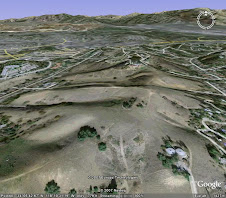

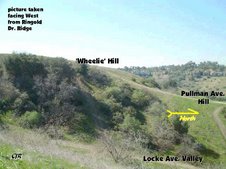
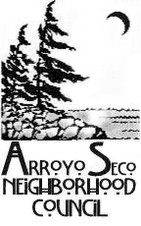

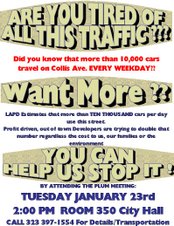
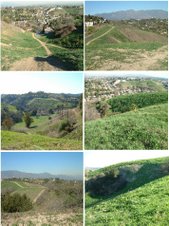
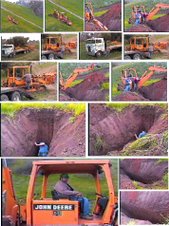

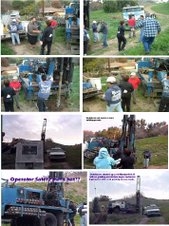
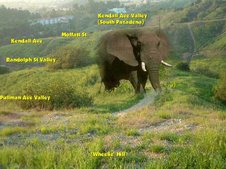




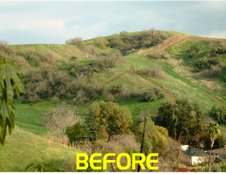
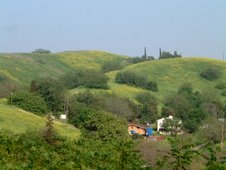
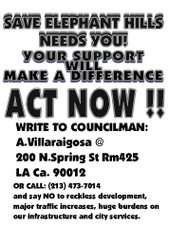
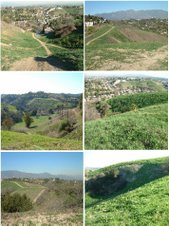
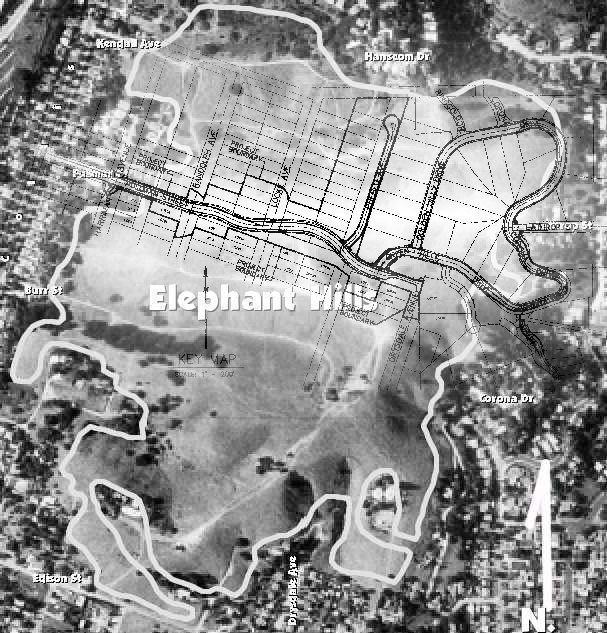
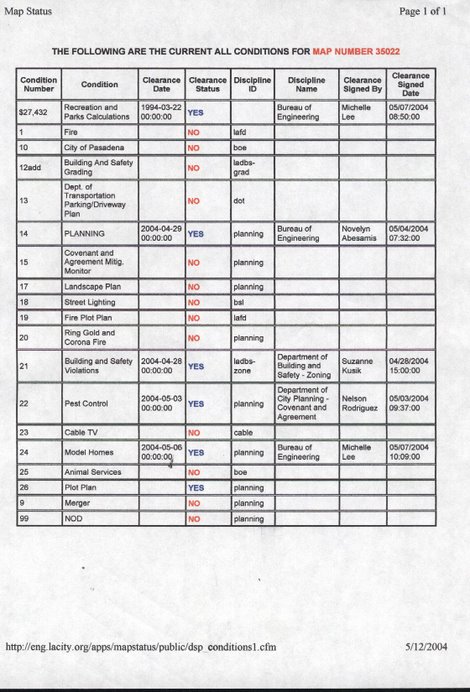
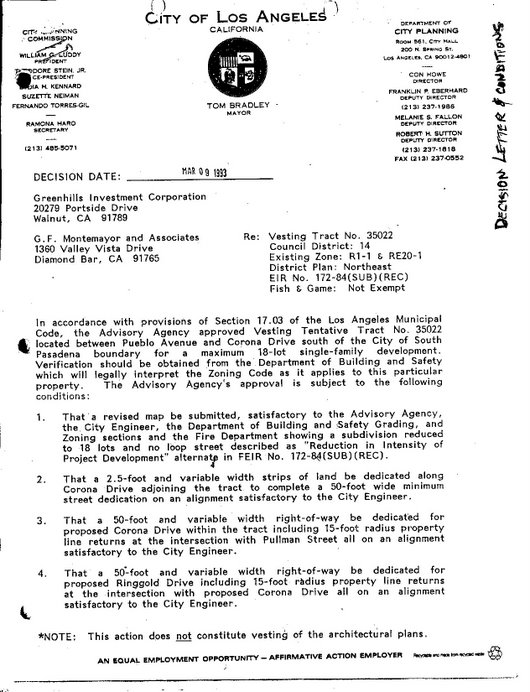
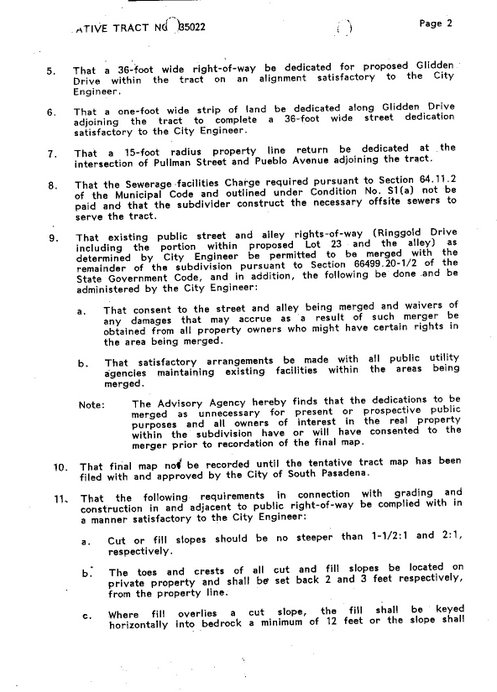
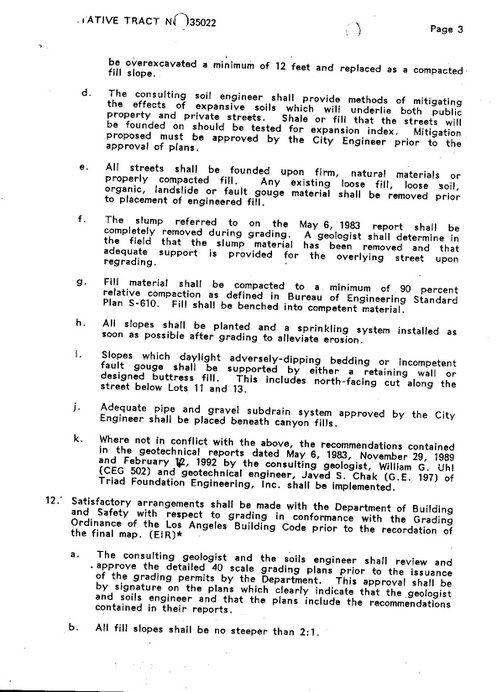
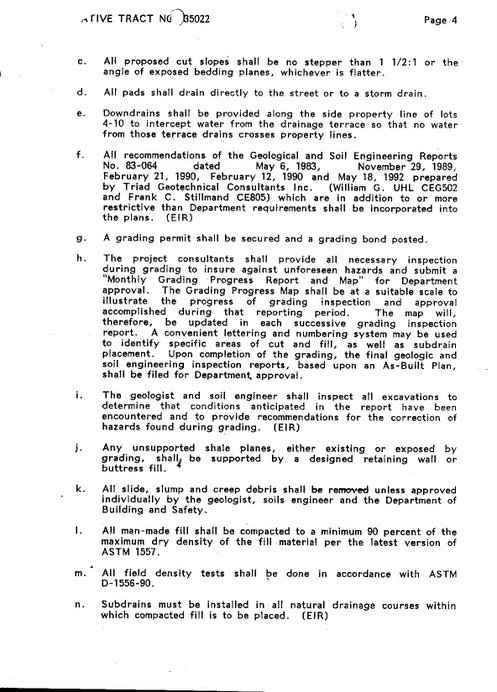
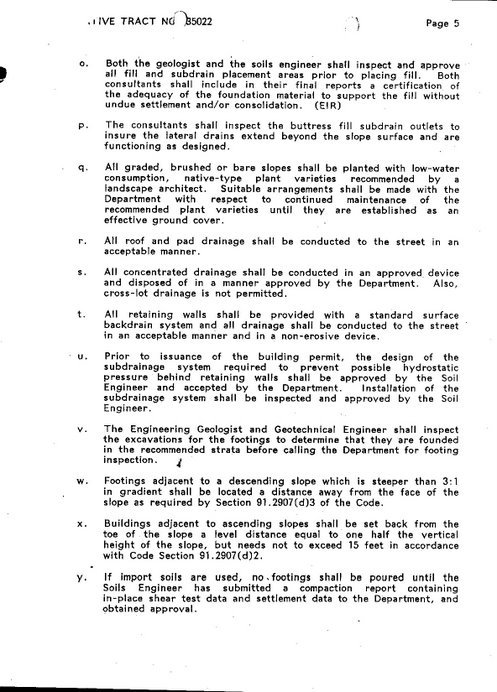
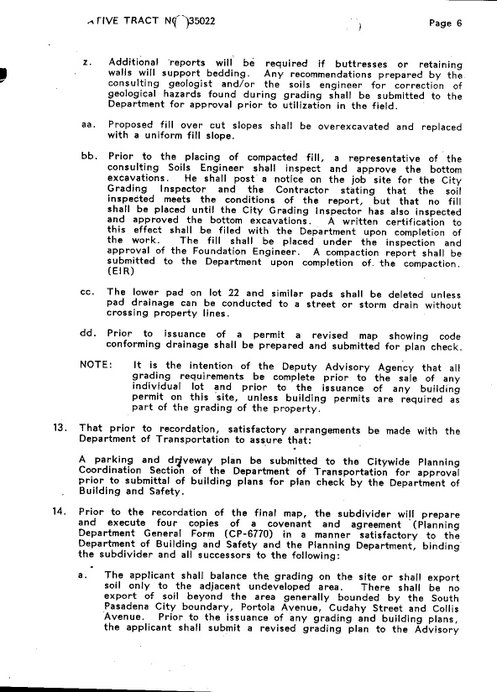
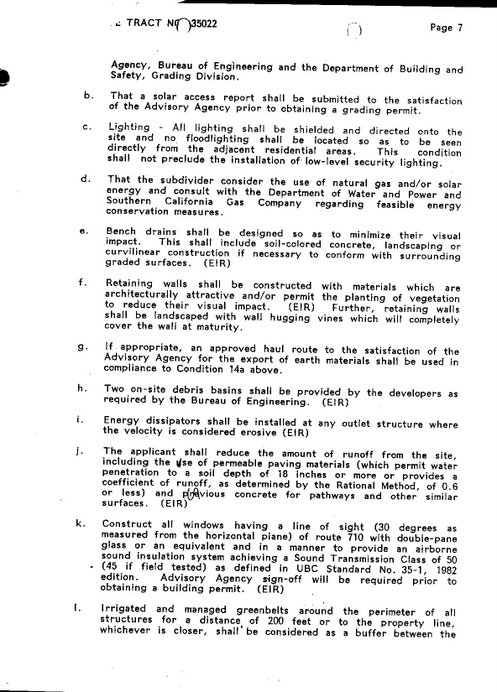
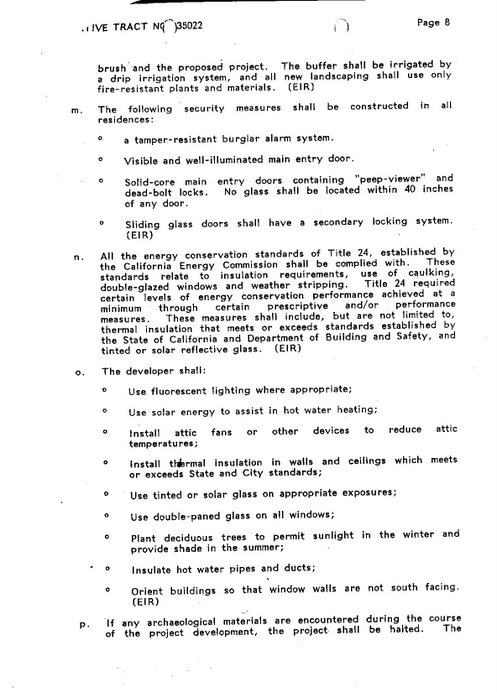
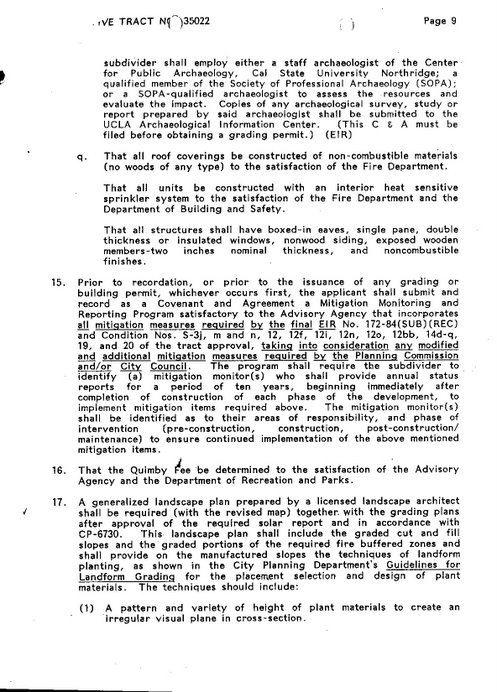
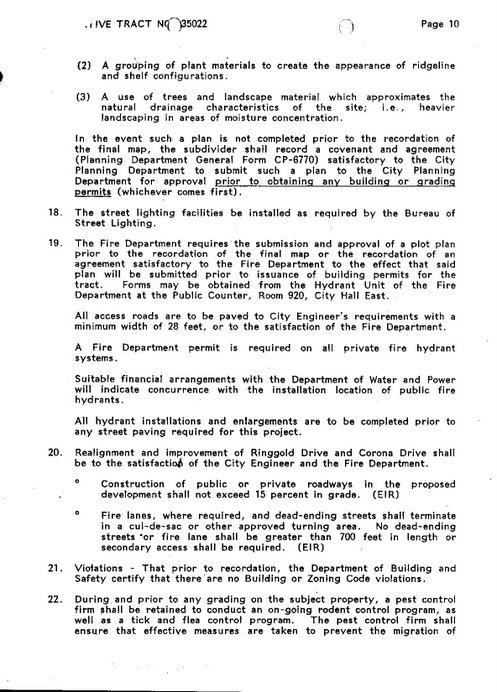
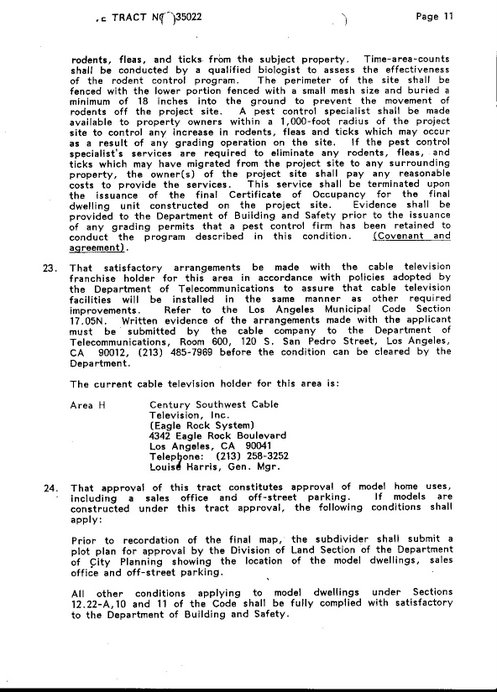
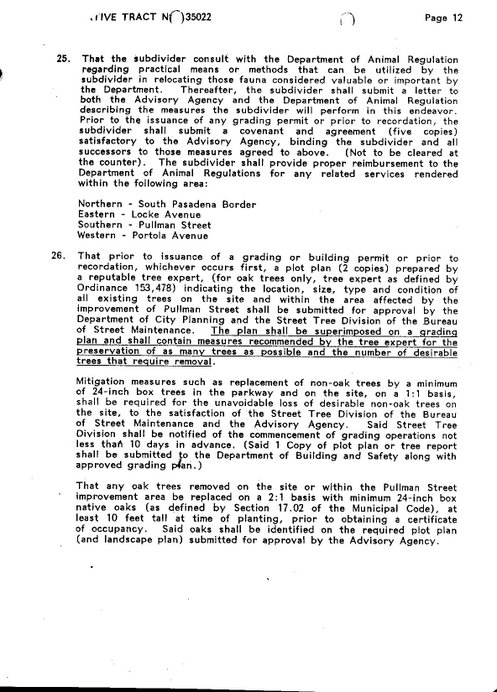
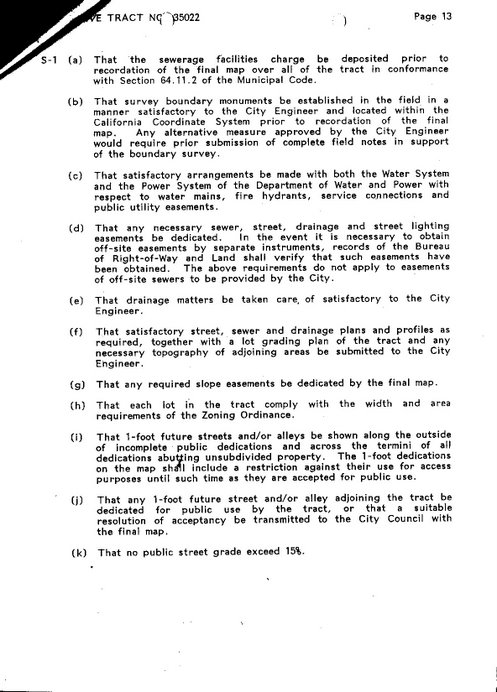
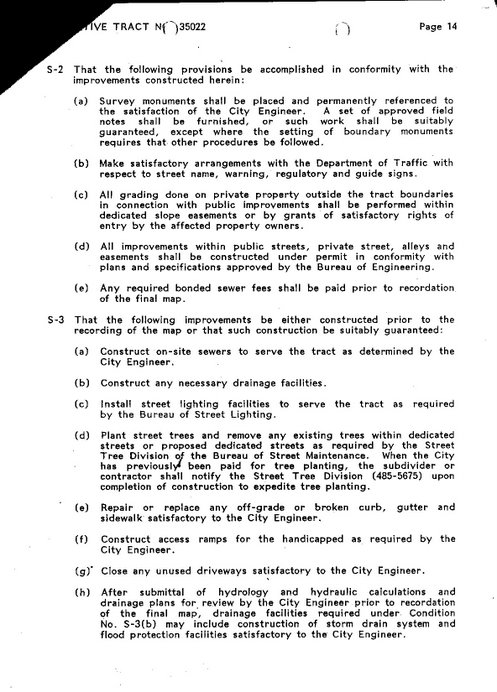
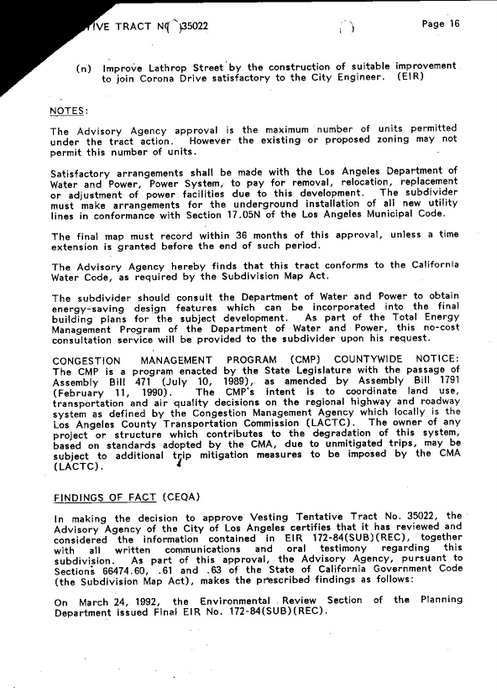
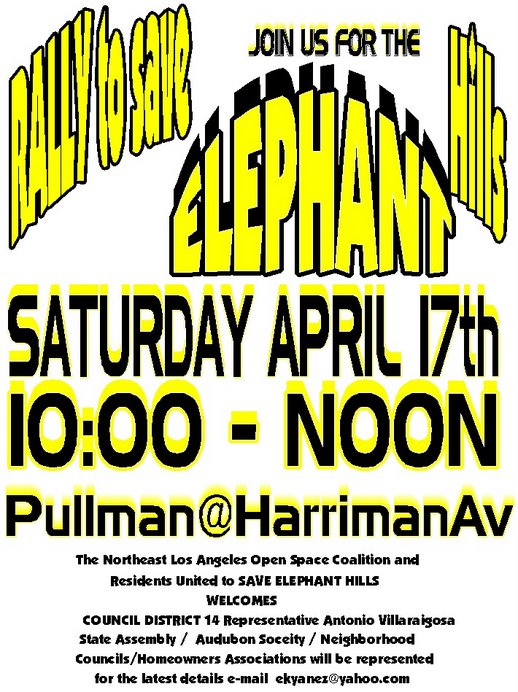
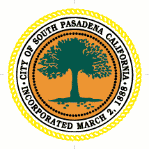
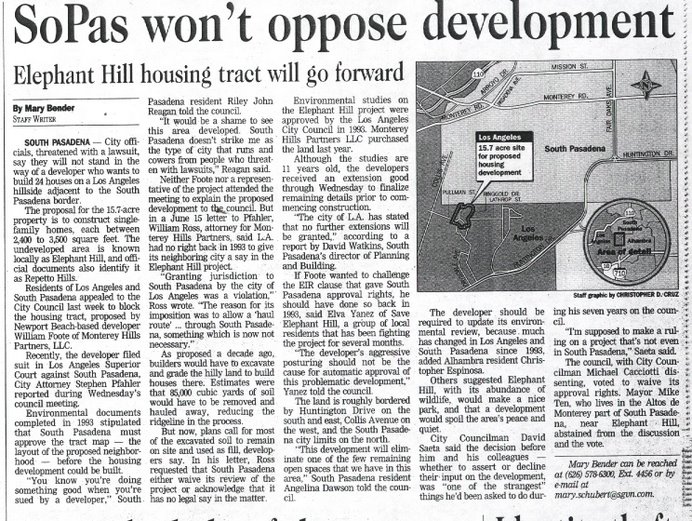
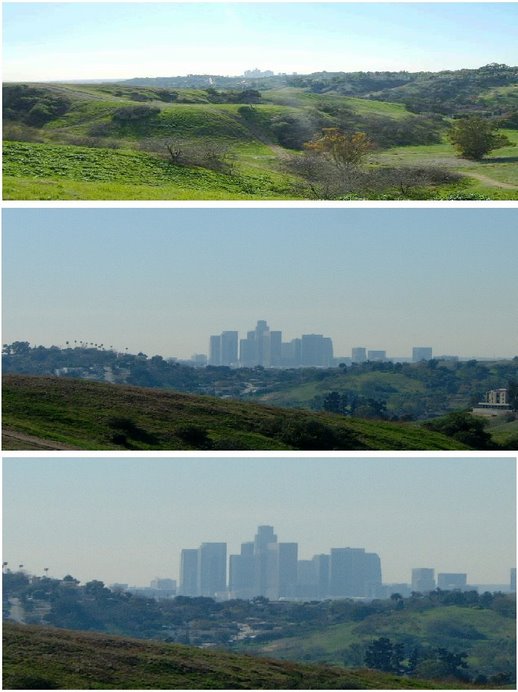
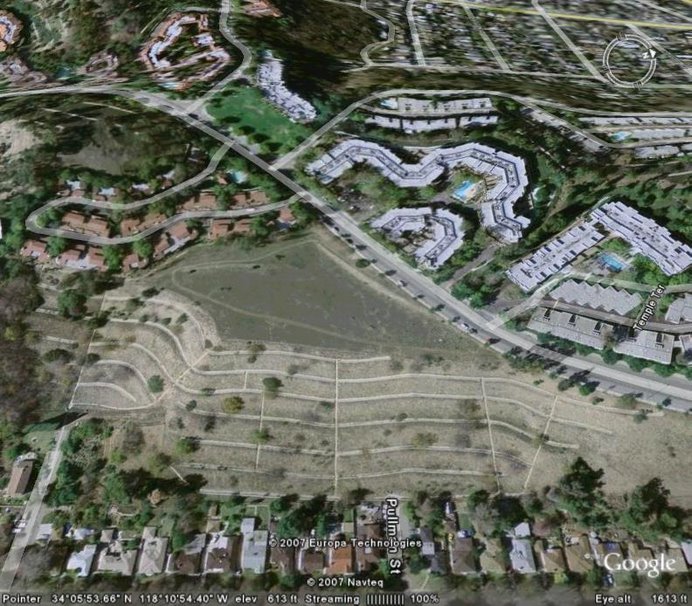
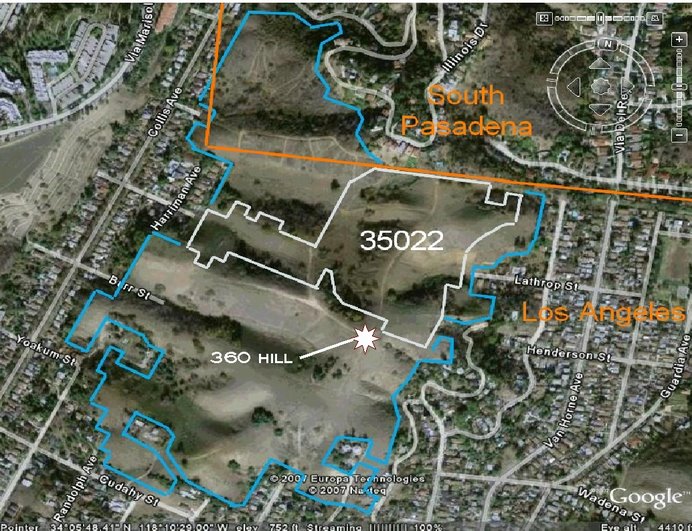
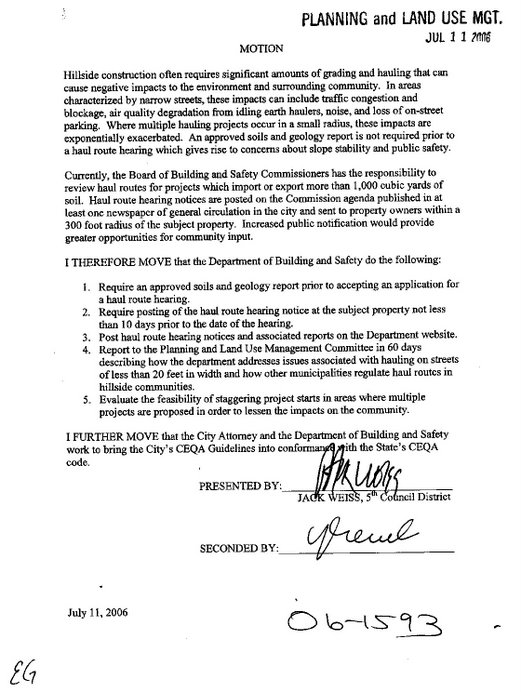
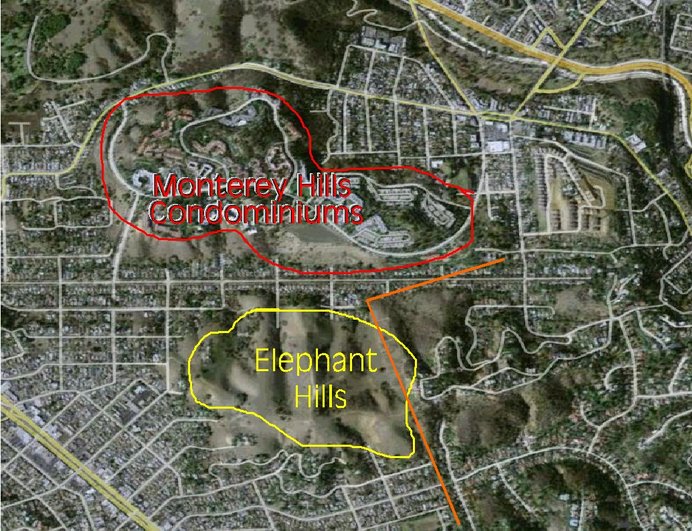

No comments:
Post a Comment